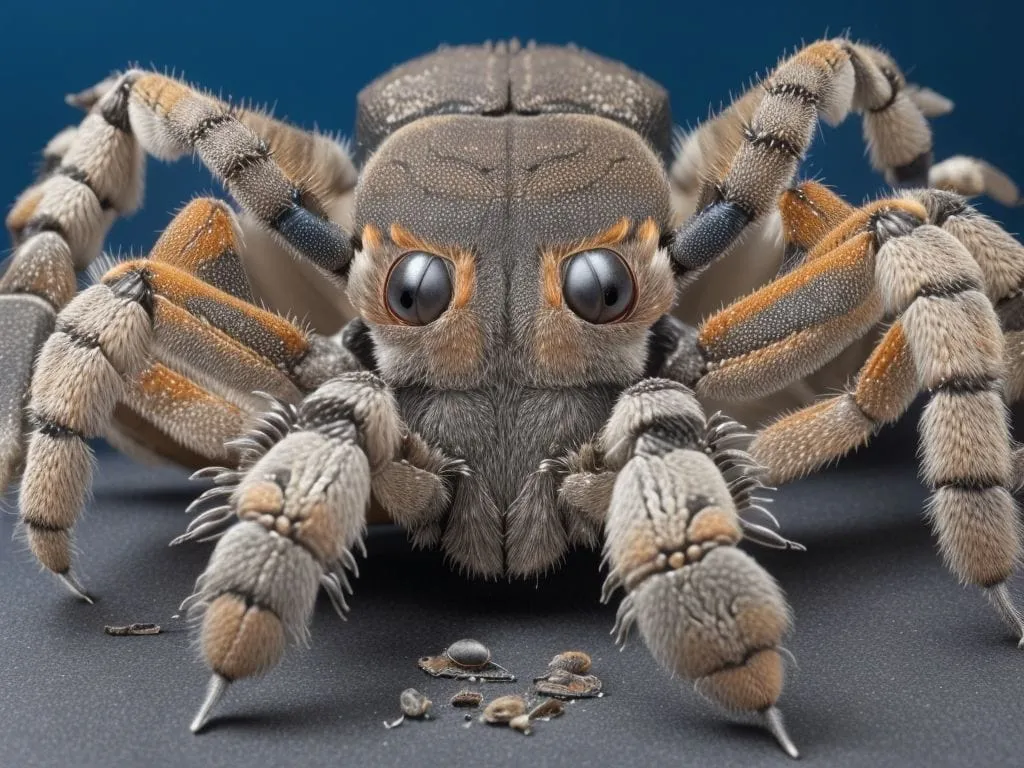What is Molting
Molting is a natural and essential process for tarantulas, allowing them to grow and regenerate lost limbs. It’s the process where a tarantula sheds its exoskeleton, which is a rigid outer shell made of chitin. As a tarantula grows, its exoskeleton becomes too tight, necessitating the molt. This process is not only about growth but also about renewing the tarantula’s body, replacing lost hairs, and repairing any minor injuries. A tarantula’s lifespan and overall health depend significantly on successful molting cycles. The frequency of molting varies with the tarantula’s age, species, and environmental factors, with younger tarantulas molting more often than adults. Understanding the molting process and providing proper care are critical to ensure your tarantula’s well-being.
The Molting Process
The molting process is a fascinating, albeit delicate, event. It begins internally with the formation of a new, soft exoskeleton beneath the old one. The tarantula then stops eating and becomes less active, preparing for the shed. During the molt, the tarantula lies on its back, a vulnerable position. The old exoskeleton splits open, and the tarantula slowly wriggles out, leaving behind its old shell, including the linings of its digestive tract, book lungs, and even the spinnerets. This entire process can take anywhere from a few minutes to several hours, depending on the tarantula’s size and the environmental conditions. After molting, the new exoskeleton is soft and pliable, hardening over the next few days as the tarantula absorbs fluids and expands.
Pre-Molting Signs
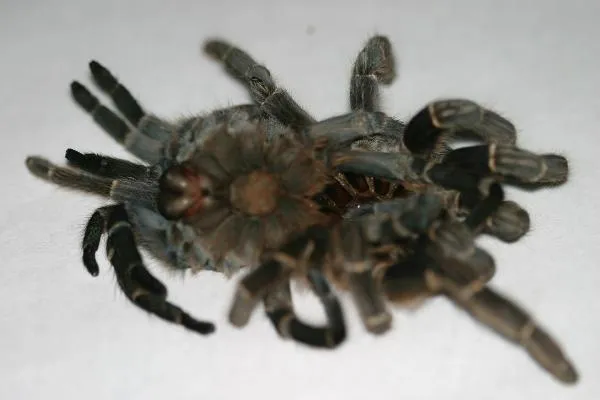
Recognizing pre-molting signs is crucial for providing the right care. One of the first signs is usually a refusal to eat. Your tarantula might lose its appetite and become less interested in food. Another sign is the darkening of the abdomen. The color change indicates that the new exoskeleton is forming. The tarantula may also appear sluggish and less active, often spending more time hiding. Some tarantulas may also start to create a web mat or seal off their burrow or hide, preparing a safe space for the molt. Keep an eye out for these behaviors to anticipate the molt and adjust your care accordingly. These signs can vary depending on the individual tarantula and the species.
The Actual Molt
The actual molting process is a sight to behold, though it can be stressful for both the tarantula and the keeper. The tarantula will typically flip onto its back, a vulnerable position. The exoskeleton splits open, usually along the carapace or abdomen. The tarantula will then slowly and carefully work its way out of the old shell. This can take a considerable amount of time, with the tarantula using its legs to push and wriggle free. It’s a test of patience for the observer, as any disturbance during this critical period could be detrimental. Once free, the tarantula will appear pale and soft, its new exoskeleton still hardening. This is the most vulnerable phase, so minimal disturbance is essential.
Post-Molting
After molting, your tarantula is in a delicate state. The new exoskeleton is soft and needs time to harden. During this period, it’s essential to leave the tarantula undisturbed. Avoid handling it, and do not feed it for at least a week or two, or until its fangs have fully hardened. This waiting period is crucial for the tarantula to regain its strength and for the new exoskeleton to reach its full protective capacity. You might notice a significant size increase after a molt, indicating successful growth. The tarantula will eventually become more active and start to display its normal feeding behavior. Ensure that the enclosure remains clean and the environment is stable to aid in the tarantula’s recovery and further growth.
Top 7 Care Tips During Molting
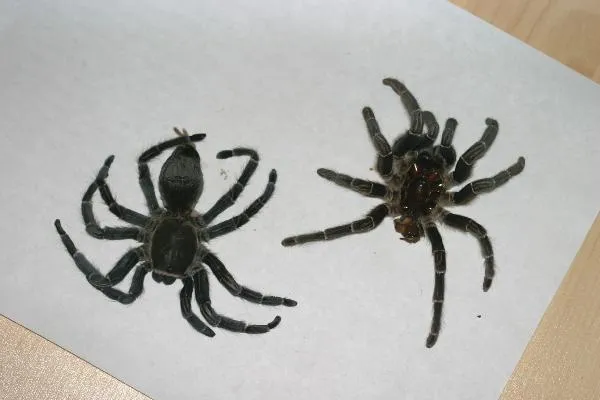
Provide a Safe and Quiet Enclosure
The most crucial aspect of tarantula care during molting is providing a safe and quiet environment. Minimize any disturbances, such as loud noises, vibrations, or sudden movements near the enclosure. Ensure the tarantula has a secure hide or burrow where it can feel safe while molting. Avoid moving the enclosure or rearranging the substrate. This helps reduce stress and allows the tarantula to focus on the molting process without feeling threatened. Make sure the enclosure is in a location where pets and children cannot easily access it. Providing a sense of security is one of the most important things you can do to help your tarantula during this time.
Maintain Proper Humidity Levels
Maintaining the correct humidity levels is vital, as it helps the tarantula shed its exoskeleton properly. The specific humidity requirements vary depending on the species of tarantula you have. Research the appropriate humidity levels for your pet. Use a hygrometer to monitor the humidity in the enclosure. If the humidity is too low, the exoskeleton may become too dry and tough, making it difficult for the tarantula to molt. If the humidity is too high, it can promote mold growth and other issues. Provide a shallow water dish and mist the enclosure as needed to maintain the proper humidity. Ensure good ventilation to prevent excessive moisture buildup. Regular monitoring and adjustment are key.
Avoid Disturbing Your Tarantula
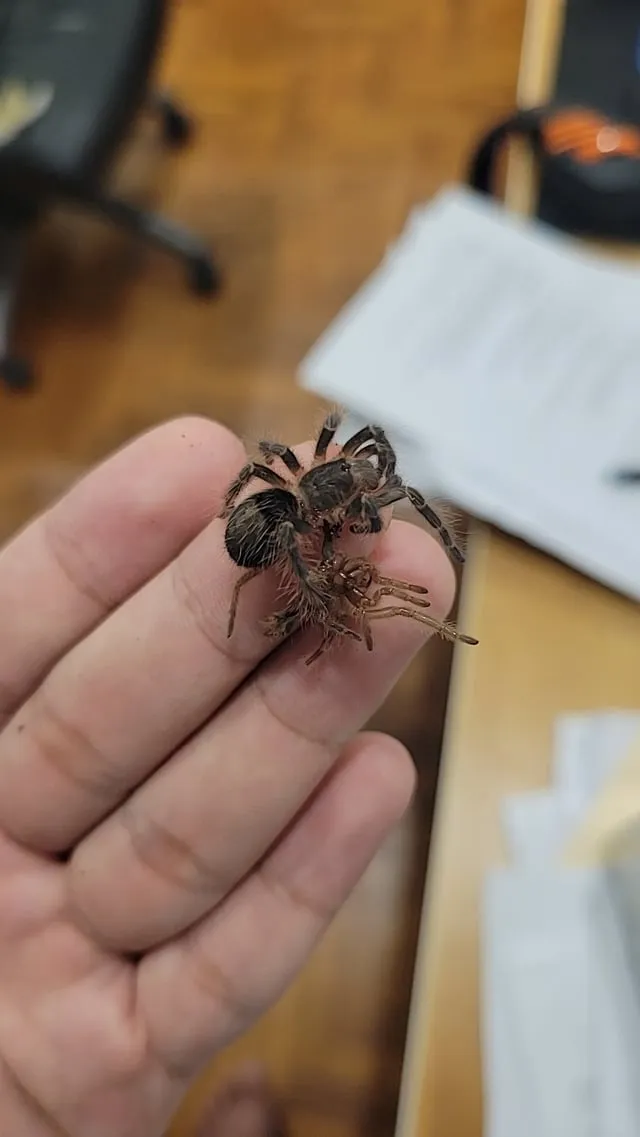
During the molting process, it’s imperative to avoid disturbing your tarantula. Refrain from opening the enclosure unnecessarily, as this can introduce stress and disrupt the process. Keep a safe distance and avoid shining lights or making sudden movements near the enclosure. Any disturbance could potentially interfere with the molt, causing the tarantula to abandon the process or leading to complications. Allow the tarantula to molt at its own pace. Avoid handling the tarantula during this time, as it is very vulnerable. A calm and undisturbed environment is essential for a successful molt. Patience is key; let nature take its course.
Do Not Feed Your Tarantula
Do not feed your tarantula when it is in pre-molt or during the molting process. The tarantula will likely refuse food, and offering it could cause stress and potentially interfere with the molt. A tarantula’s mouthparts and fangs become soft, and they are unable to eat. Even after the molt, wait at least a week or until the fangs are fully hardened before offering food. Observe the tarantula’s behavior and wait until it resumes its normal feeding behavior before reintroducing food. Remove any uneaten food from the enclosure to maintain a clean and healthy environment. It’s better to err on the side of caution and wait until the tarantula is ready to eat again.
Offer Plenty of Water
Although you should avoid feeding your tarantula, it’s crucial to ensure it has access to fresh water. Dehydration can be a problem during molting. Provide a shallow water dish filled with clean water. Make sure the water dish is accessible but not so large that the tarantula could fall in and drown. Check the water dish daily and refill it as needed. Consider using a small, lightweight dish to avoid any potential hazards during the molt. Maintaining proper hydration is critical to the tarantula’s health. Make sure the water dish is located away from the heat source, if any, to prevent rapid evaporation. A constant supply of fresh water is essential for a successful molt and overall well-being.
Remove the Old Exoskeleton
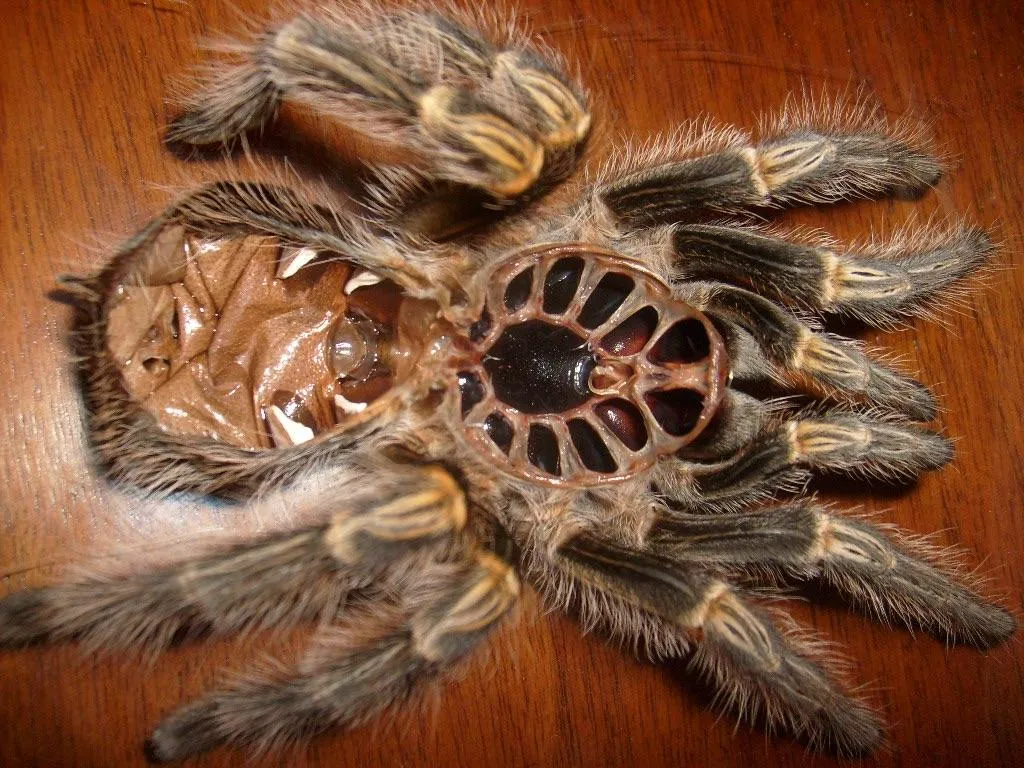
Once the tarantula has fully molted and its new exoskeleton has hardened, it is important to remove the old exoskeleton from the enclosure. Leaving the old shell in the enclosure could potentially attract mites or other pests. Carefully remove the old shell, taking care not to disturb the tarantula or its surroundings. Use a pair of tongs or tweezers to gently remove the discarded exoskeleton. Dispose of the old shell properly. The old exoskeleton is a reminder of a successful molt. Removing it helps maintain the cleanliness and hygiene of the enclosure. Do not attempt to remove the exoskeleton until the tarantula has moved away from it and its new shell has hardened.
Be Patient
Patience is key when it comes to tarantula molting. The process can take varying amounts of time. Avoid the temptation to interfere or rush the process. Allow the tarantula to proceed at its own pace. Do not disturb the enclosure unnecessarily. Observe the tarantula’s behavior and signs, but avoid handling or agitating it. Understand that molting is a natural process, and the tarantula knows what it needs to do. With patience and proper care, your tarantula will successfully molt and continue to thrive. Celebrate the success of the molt, and appreciate the beauty and resilience of your tarantula. Remember, a successful molt is a sign of a healthy and well-cared-for pet.
Common Molting Problems
Stuck Molt
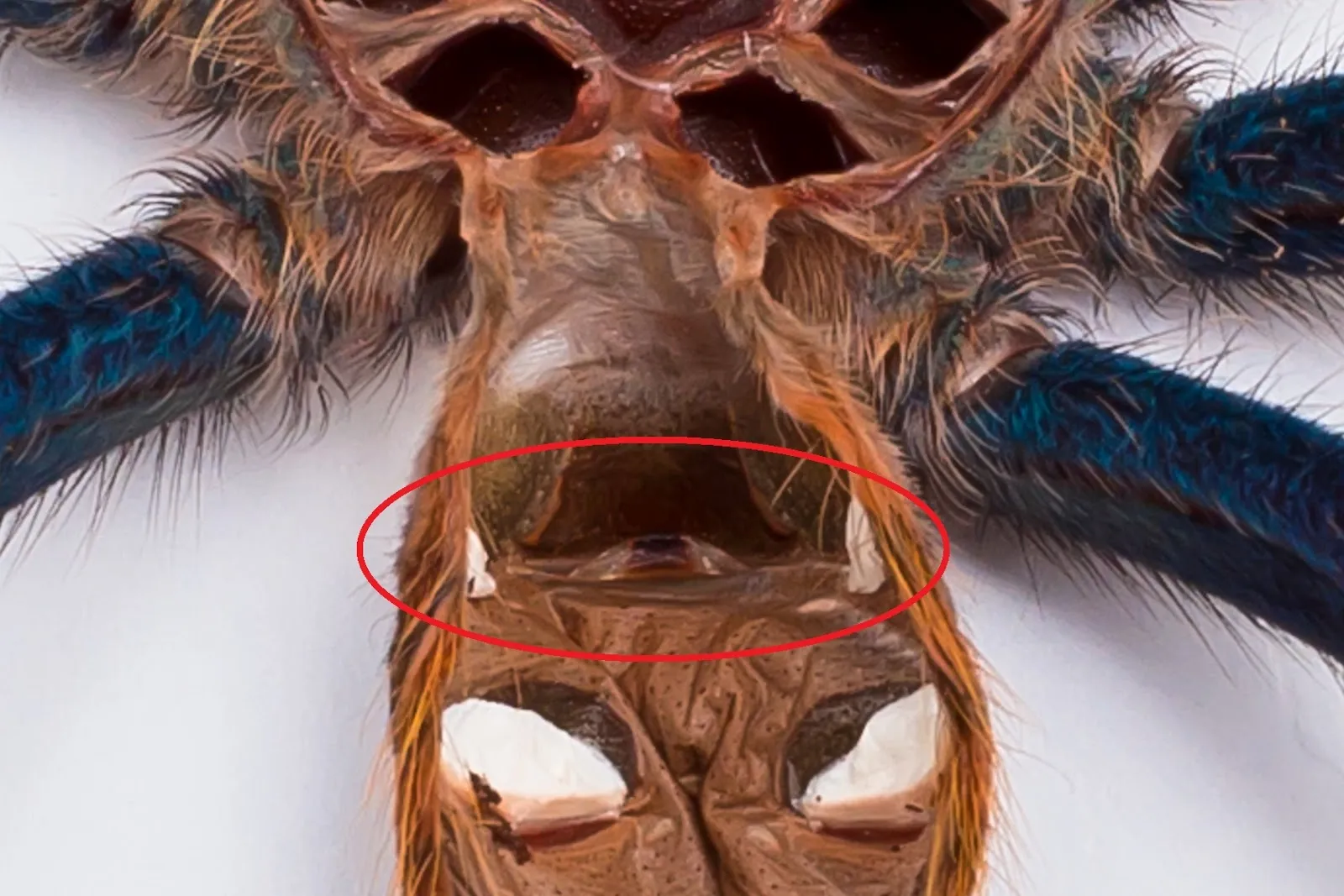
A stuck molt is one of the most common and serious molting problems. This occurs when the tarantula is unable to fully shed its old exoskeleton. This can be caused by a variety of factors, including low humidity, injuries, or health issues. The most common area for a stuck molt is on the legs or the chelicerae. Signs of a stuck molt include the inability to move properly, difficulty separating from the old shell, or parts of the old exoskeleton remaining attached. If you suspect your tarantula has a stuck molt, you may need to carefully increase the humidity in the enclosure to help soften the old exoskeleton. If the problem persists, you may need to seek assistance from an experienced tarantula keeper or veterinarian.
Drying Out
Drying out during a molt can be a serious problem, often leading to a stuck molt or other complications. If the enclosure’s humidity is too low, the exoskeleton can dry out and become rigid, making it difficult for the tarantula to shed. Signs of drying out include the tarantula appearing shriveled or dehydrated, difficulty molting, or parts of the exoskeleton remaining attached. To prevent drying out, make sure to maintain the proper humidity levels for your tarantula’s species. Provide a shallow water dish and mist the enclosure as needed. If your tarantula appears to be drying out, carefully increase the humidity in the enclosure. Monitor the tarantula closely and seek professional advice if the problem persists.
Injuries During Molt
Injuries can occur during a molt, often due to the tarantula being in a vulnerable state. The tarantula can get trapped or injured as it struggles to shed its exoskeleton. These injuries can include broken legs, damaged fangs, or other physical trauma. To reduce the risk of injuries, provide a safe and uncluttered enclosure. Avoid any disturbances that could potentially frighten the tarantula during the molt. If an injury does occur, it is important to seek professional veterinary care. Sometimes, tarantulas can regenerate lost limbs over subsequent molts. However, any severe damage can significantly impact the tarantula’s well-being. Provide proper care and a safe environment to minimize the risk of injury.
Conclusion
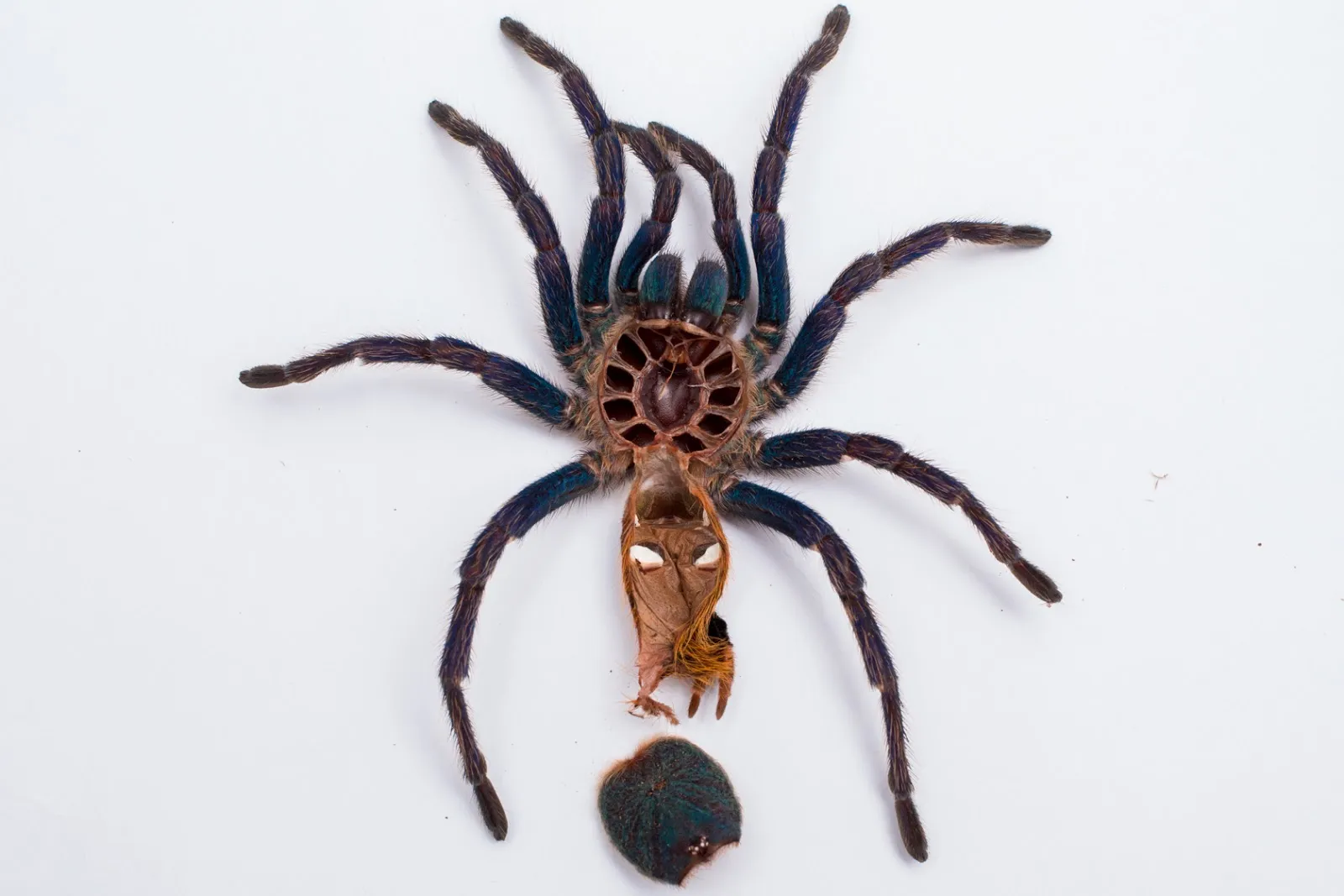
Molting is a critical part of a tarantula’s life cycle. By understanding the molting process, recognizing the signs of pre-molt, and providing proper care, you can help your tarantula molt safely and successfully. Creating a safe, quiet, and humid environment and avoiding disturbances are the keys to a successful molt. Be patient, observe your tarantula closely, and address any potential problems promptly. A successful molt is a testament to your care and commitment to your pet’s health. By following these tips, you can significantly increase the chances of your tarantula molting like a pro, ensuring its continued health and enjoyment of your fascinating pet. Your diligence and care will allow you to witness this incredible transformation.
